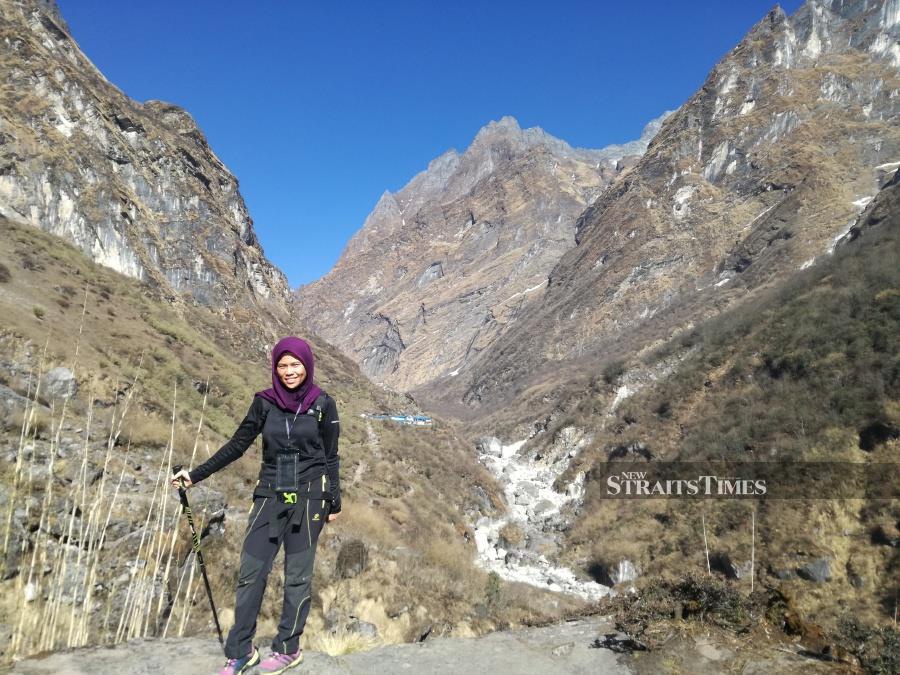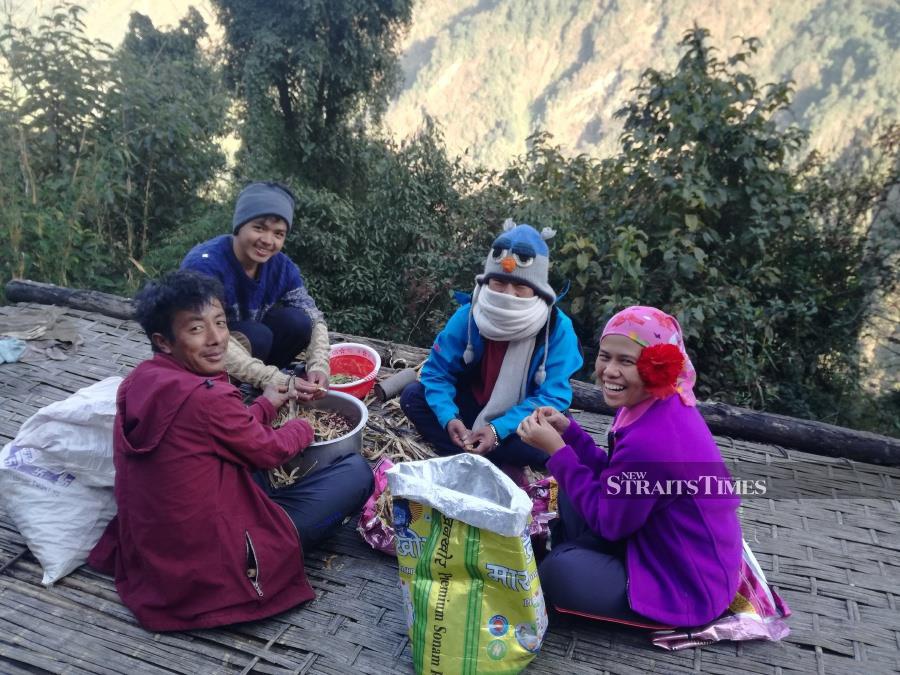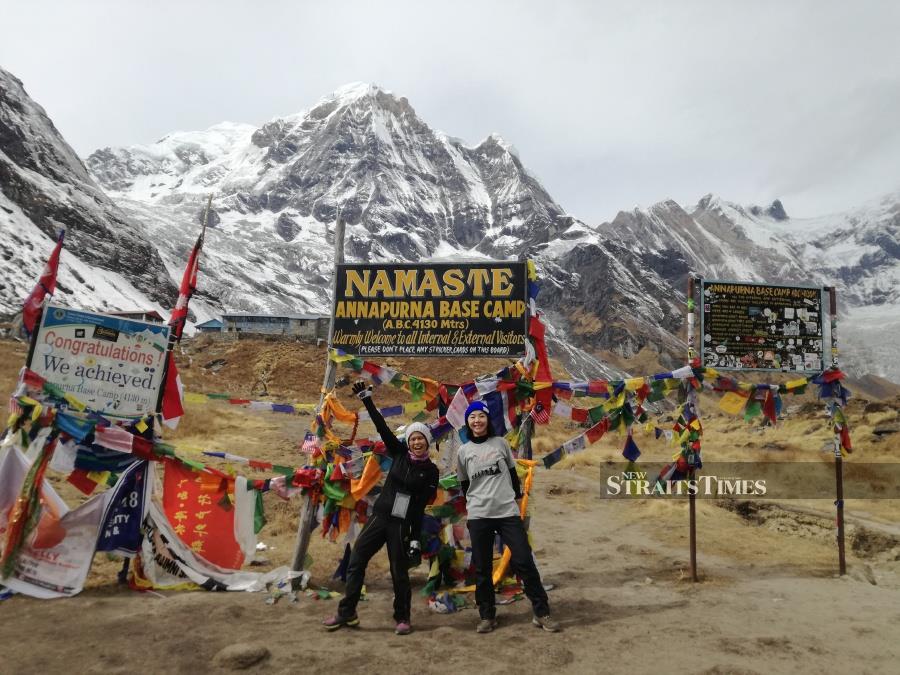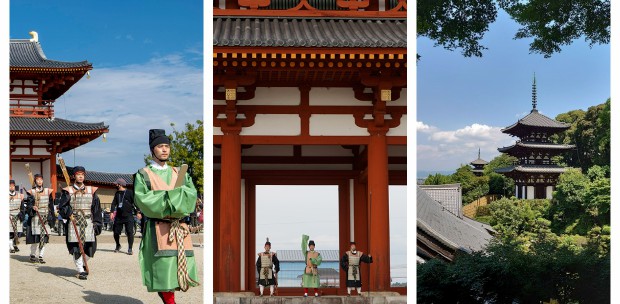Dr Nur Nabilah Zulkifly reminisces about the days hiking to the Annapurna Base Camp in Nepal, three years ago

ANDY Rooney once said: "Everyone wants to live on top of the mountain, but all the happiness and growth occurs while you are climbing it."
After years of admiring the Himalayas and adding a few changes in my trekking plans, I was finally at the Annapurna Base Camp in Nepal in December 2018.
Though the main star of the trekking scene in Nepal is the Everest peak, that does not make the other trails less charming.
The trekking paths are all unique. With the panoramic view of snowy mountains and an experience of local cultures along the trails, they serve quite an unforgettable journey.
Sherry, a friend I met in Japan, joined me for the eight-day expedition. A seven-hour bus ride from the capital Kathmandu took us to Pokhara, a tranquil town best known for its beautiful lakes. From any angle in Pokhara, we could see the mountainous range welcoming us to experience its grandeur.

Following the revised itinerary, we started at the trailhead at Nayapul village, only an hour's drive from Pokhara. The journey was led by local guides Nittesh and Rabhi of Third Eye Adventure.
At the beginning of the walk, the Modi Khola river stretched its calming blue currents, immersing us in the tune of nature. However, during heavy rain, the river's flow would be swift and raging, in which a hiker had been swept away several years ago.
The trails then varied from manmade stone steps and bridges connecting untouched local villages, to cleared but narrow forest paths sheltered by tall vegetation and their extended branches, offering us a cool shade when the heat was striking during midday.
The temperature was cool accompanied by a breeze. But sunscreen might come in handy to avoid sunburn after spending the whole day outdoors.
Although the trail is regarded as easy and straightforward, one must not underestimate it. It takes several days to complete the trail, with six to seven hours of walking each day.
One must be prepared physically and mentally before the trip. For example, our journey from Chomrong to Sinuwa on the second day involved climbing a long flight of stairs, with steps of different sizes going in all directions.
Climbing those thousands of steps ended only at the end of the day once we reached the guesthouse.

On the day that we descended from the base camp to Jhinu Danda and spent the night there, I could not flex my right foot as my muscles were strained due to repetitive movements while walking.
Thankfully, my condition improved the next morning, and I regained my strength and spirit to continue to Landruk.
Along the trail, there were local teahouses and lodges well-equipped with facilities for trekkers to fill their empty stomach and rest their tired limbs.
We learnt to be grateful even for small things like hot water for showering after a long day of trekking and being drenched in sweat.
The guesthouses located along the trail are pretty basic, but sufficient to shelter from the chilly nights in the mountains.
The food are all vegan-based as the locals are all vegetarians who regarded their mountain home as sacred.
My favourite was a dish of bamboo sprouts cooked with vinegar and red peppers.
As we approached higher altitude, the pace became much slower and rest stops were more frequent as our body tried to adapt to lower air pressure and oxygen level.
The Annapurna Base Camp is located in a valley surrounded by mountainous terrains, such as the Annapurna and Machapuchare peaks, which are permanently white in snow.
From the valley, as we looked down, there were fragile glaciers with cracks in between, while the valley itself sang a tune of multiple small avalanches from nearby peaks.
When the night crept in, Sherry and I sneaked out to the field nearby to gaze at the stars. It was such a picturesque sky, and worth the headache that got to us due to insufficient head cover against the cold night breeze!
In the morning, we witnessed a majestic view as the golden sun rose from between the Annapurna peaks.
On our way down from the mountain, we made a stop at the local farming village of Landruk. The farmers there had planted mustard and their crops were blooming with yellow flowers.
I had been carrying a tooth model inside my backpack with a plan to mingle and connect with the locals.
So we stopped at a small school, which received us with a warm welcome. The students gathered and listened attentively to my demonstration of proper tooth-brushing techniques.
Despite the language barrier, they were very interactive; the teachers were helpful in translating my demonstration.
Like how I contemplated after each hike, I would say that this was a transformative experience for me as a whole.

Trekking the mountains is never a compartmented lesson. It ranges from changing your perspective to improving your connection with the people you meet.
During the Covid-19 pandemic, in the midst of observing tight discipline and self-quarantines, taking a look back at those moments has brought back unforgettable memories, as if they just happened yesterday.
I hope we can experience that all once more when we share the same skies again one day.
WRITE IN
If you enjoy telling your travel stories gratis, then this column is for you. Please email your stories (not more than 800 words with at least four pictures and captions) to [email protected]




